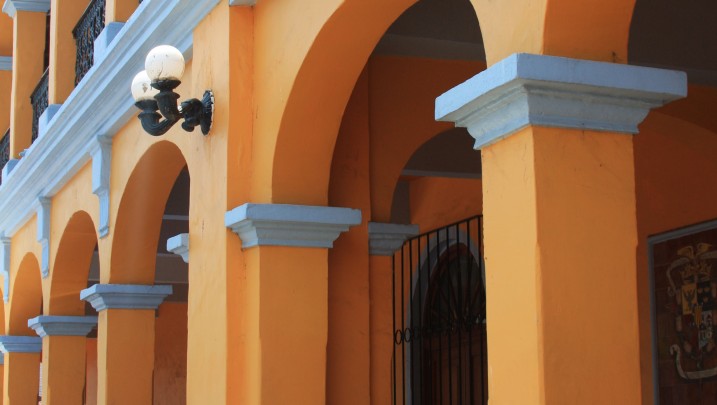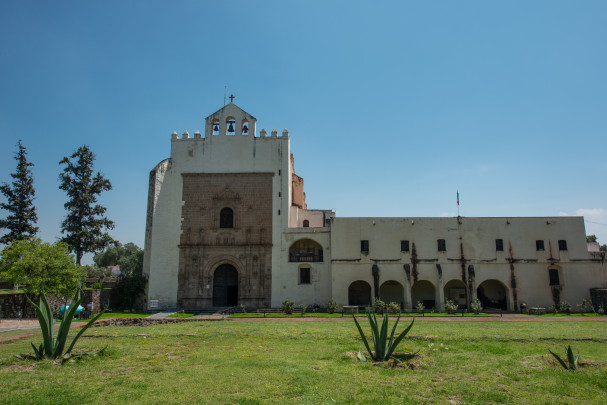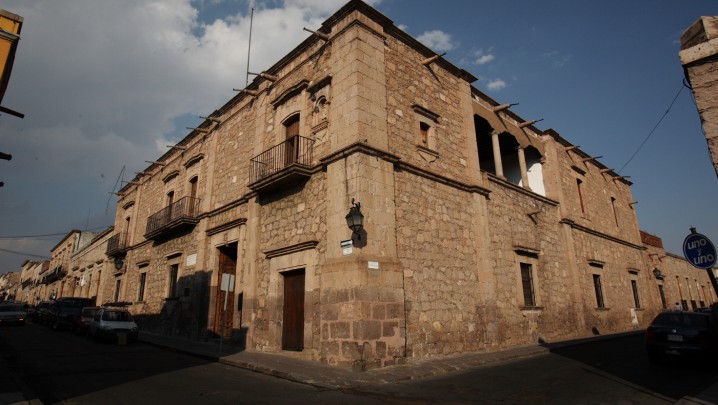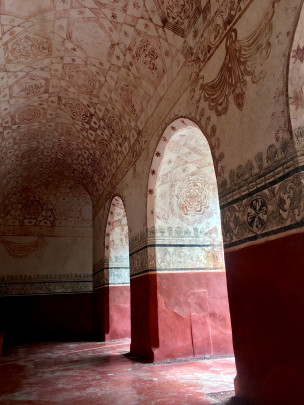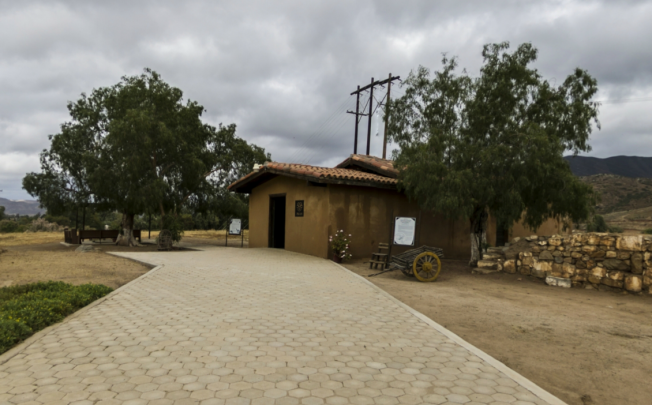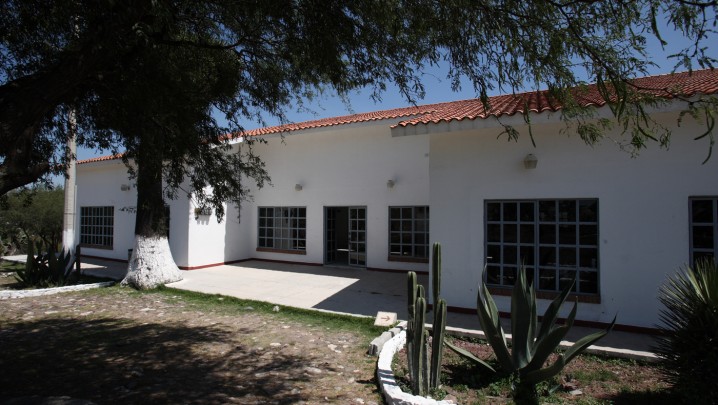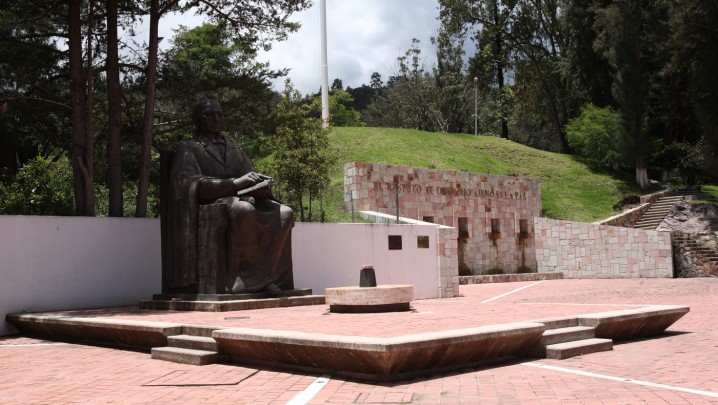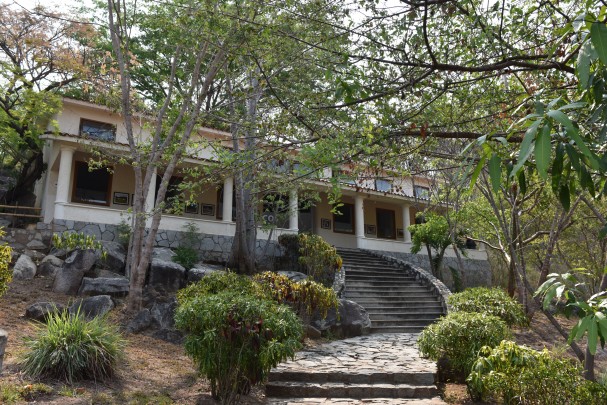INAH Museums Network
128 Museums
Regional
The history and culture of the San Luis Potosí region and its predecessors: the Mesoamerican and Huasteca cultures, the city of Tamtoc, the Viceroyalty, Independence, the wars of the nineteenth century, the period of Porfirio Díaz and the Revolution: these are all exhibited in a splendid building dating from 1591 which incorporates the beautiful Aranzazu chapel.
San Luis Potosí
Local
In the former town hall of Santiago Tuxtla, the place Hernán Cortés chose to establish his marquisate, where he set up the continent’s first wine press. The museum has rich archeological displays of Olmec, Totonac and Mexica cultures, as well as revealing pieces from the viceregal period.
Veracruz
Local
This museum—housed in a large Augustinian construction built near Teotihuacan in a Plateresque and Gothic style, dating back to 1539—has an invaluable set of very early murals and impressive cloisters. The collection includes pre-Hispanic objects, as well as religious paintings and sculptures from the viceregal period.
Estado de México
Historic place
The house that José María Morelos bought in 1801, in Valladolid (Morelia), for his sister to live in, houses a magnificent museum about his life and his role in the War of Independence, as well as the archives of two million documents from the Bishopric and Government of Michoacan.
Michoacán
Community center
This monumental former monastery was founded by the Dominican Order and built by indigenous Tepoztecans. Valuable mural paintings are preserved inside. It has been a UNESCO World Heritage Site since 1994, as one of the earliest sixteenth-century monasteries on the slopes of Popocatepetl.
Morelos
Local
The site is home to a museum of local history displaying objects belonging to the five different periods of occupation recovered in the course of archeological explorations and presented with careful interpretation. The site was an indigenous ranch and home to the Dominican Mission of Our Lady of Guadalupe of the North, a residence for Russian families and a military barracks. The excavations uncovered foundations and the remains of a small construction beside what are believed to be the original walls.
Baja California
Local
This Interpretation Gallery, dedicated to a well-known Mexican archeologist and restorer, is a great place to visit before seeing the Tula Giants. There are some exceptional pieces: a fragment of a pilaster with images of Tlaloc, the kind god and Tezcaltipoca, the fateful one; a unique jaguar in a single piece and the mysterious chacmools.
Hidalgo
Local
The gallery in Guelatao, the Zapotec village where President Juárez was born, tells the story of his life with a selection of personal possessions, biographical and historical materials relating to the difficult period of Mexican history in which he lived.
Oaxaca
Archeological site
The introductory gallery gives an overview of 15 centuries of history before entering the central area of the archeological site. The ancient inhabitants had a fascination for water and the sun, and their monuments reflect this.
Guerrero


